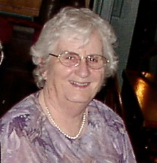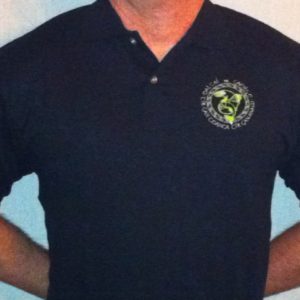
Ethel Brogan (English Language Version)
ETHEL BROGAN – ár mBunaitheoir
(Our Founder
1926 – 2011
Ethel Matthews was born in Armagh City in the north of Ireland 75 years ago. Although the family only spoke a few words of Irish at home, Ethel firmly believed that it was important to learn Ireland’s native language. She went along with her Brother, John, and her cousins to their local branch of Conradh na Gaeilge. There they all me with Fr. John Quinn, or ‘wee Father John’ as Ethel liked to call him. Wee Father John understood that the Irish language was at the heart of Irish culture, and that it was the young people who would keep the language alive. If only he knew how intently young Ethel was listening to him. It was in large part due to him that she fell in love with Irish (an Ghaeilge).
Ethel came to the United States in 1946, but she never lost her love for the language. She joined the Gaelic League at St. Matthew’s Parish in Manhattan; and it was there that she first met Bill Brogan. They soon married and when their family was still young they moved to Fishkill, New York. Once there, Ethel began teaching the Irish language at local Adult Education classes. After a while she realized that her students would have a much better chance of success with the language if they had the opportunity to use it outside of the classroom.
She resolved to arrange a special weekend program where they would be able to speak the language in a natural setting. The group she founded, Daltaí na Gaeilge, grew out of that first Immersion Weekend in March of 1981. And to her great credit, that organization is still alive and flourishing and spreading the Irish language throughout the country.
We are all terribly sad at the loss of our Mother Superior, our dear friend and our rock of common sense. May the soul of Ethel Brogan forever rest at the right hand of God and among the Gael in heaven. And, God willing, may we all meet again someday in paradise.
If you would like to view a collection of captioned photos depicting Ethel’s story, and the history of Daltaí na Gaeilge, you can view them here.

